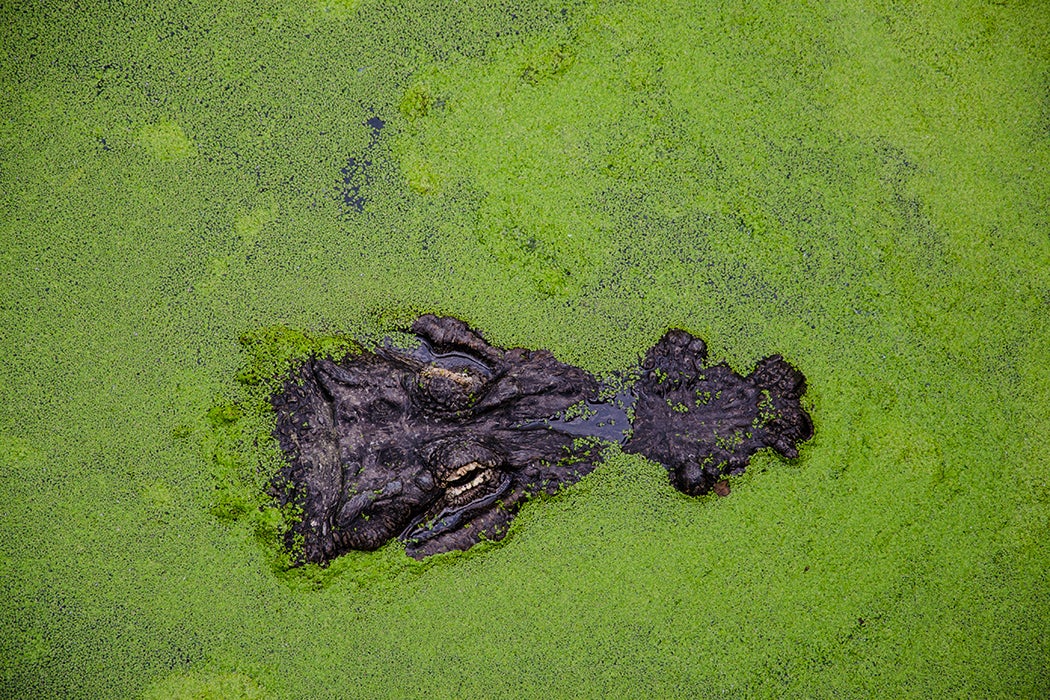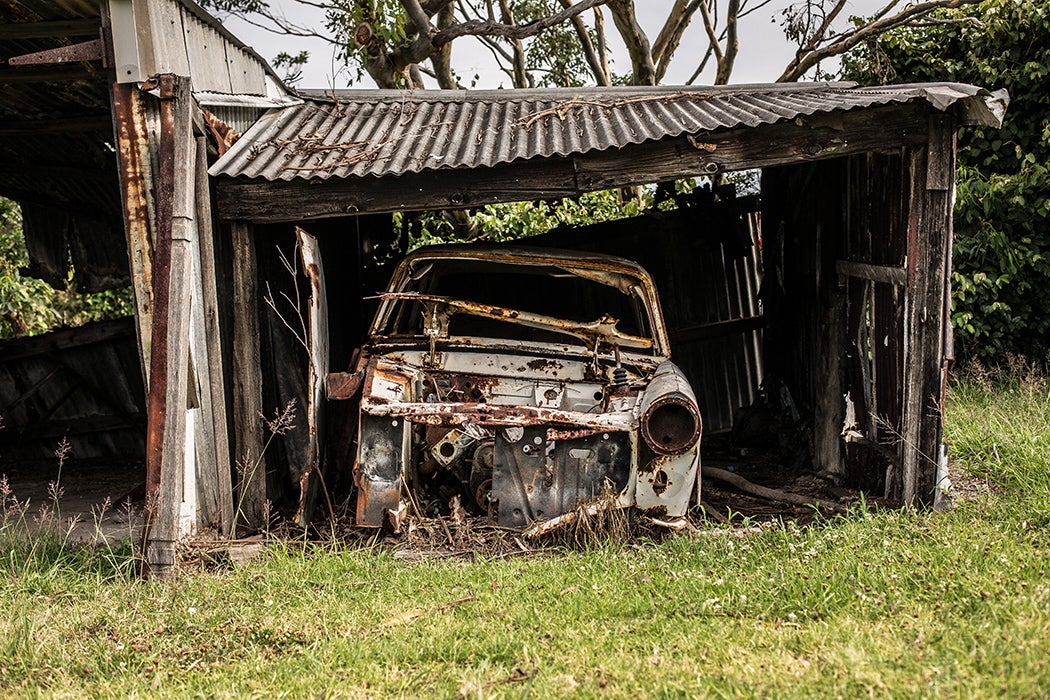The literary archetype of the Orphan ties together the stories in Lauren Groff’s new collection Florida. The Orphan is dark, Romantic, paradoxical. At the same time, it is deeply familiar, a common trope in children’s literature, mythology, and scripture. Many of the protagonists in Florida are nameless, and the stories are shot through with allusions. In this way, Florida carries forward the style of Groff’s three novels, The Monsters of Templeton, Fates and Furies, and Arcadia, which are even more allusive. Like the Florida stories, the novels grapple with questions of what it means to leave behind a childhood marked by loss and abandonment.
In his 1982 essay “The Potential of Liberating Fairy Tales for Children,” the folklorist Jack Zipes argues that in reading fairy tales, children experience “estrangement or separation from a familiar world inducing an uncanny feeling which is both frightening and comforting.” Zipes goes on to say that “the power of fairy tales involves reconstruction of home on a new plane.” Likewise, the characters in Florida are literally or figuratively cast out from their homes and families. The irony is that being expelled from this paradise, like being expelled from Arcadia, is at least in part a welcome relief.
“Snake Stories” is about a woman who is contemplating the end of her marriage. She is repeatedly visited by an image of a snake curled up, neatly and menacingly, in the bathroom toilet. Another of the collection’s stories, “At the Round Earth’s Imagined Corners,” takes its name from one of John Donne’s “Holy Sonnets” about judgment and repentance, and tells the story of Jude, the son of a cruel herpetologist killed by the very snakes he studied. Because Jude’s father is so cruel, this story’s snakes do not facilitate Jude’s expulsion from paradise, but rather allow him finally to find grace even in the swamp he’s inherited. By the story’s end, he’s survived sun stroke and hallucinations aboard a boat in snake- and alligator-infested waters before being welcome ashore by his wife. This scene offers a hybrid of the angelic grace Donne’s speaker imagines in the poem’s opening and the repentance “here on this lowly ground” of its closing:
And now something white and large was rushing at him, and because he’d sat all day with his father’s ghost, he understood this was a ghost, too, and looked up at it, calm and ready… But the figure stopped just before him, and he saw, with a startle, that it was his wife…
Jude’s hallucinations bring him face-to-face with the brutal father whose presence shaped the misery of his youth, but the family he’s chosen (his wife) ultimately bestows grace and purity. Orphaned, he can finally recast himself as someone worthy of protective, unconditional love:
He stepped closer to her and put his head in the crook of her neck and breathed his inadequacy out there, breathed in her love and the grease of her travels and knew he had been lucky, and that he had escaped the hungry dark once more.
Florida’s most allegorical story, “Dogs Go Wolf,” opens just after a storm of Biblical proportions “came and erased the quiet” on an island. The story follows a pair of abandoned and nameless four- and six-year-old sisters as they wait for their mother to return. The girls collect water and scavenge for food until they resignedly make their way to one of the island’s beaches to be rescued. On their first night alone on the island, the abandoned girls listen as a snake that’s fallen into an air conditioner is slowly hacked away:
Late at night, there was a terrible grinding sound, and the girls went outside with flashlights and looked at the air-conditioning unit and saw that a brown snake had fallen into it from the palm trees; with every turn of the blade, a millimeter more of the snake was being eaten by the fan. They watched the snake dissolve bit by bit until the skin fell all the way through and lay, empty of meat, on the ground.
That the snake is destroyed by the house fittingly inverts the narrative of the Garden of Eden: Is being on this island without food a paradise or its opposite? We know that before their mother and her criminal boyfriend brought them here, the girls had an abusive childhood, and although they are hot, hungry, and frightened alone on this island, they are also free for the first time from adults who ought to have cared for them but would or could not.
* * *
In a 2017 interview with Literary Hub, Groff said that Clan of the Cave Bear was the first book she fell in love with: “Some small part of me still wants to be Ayla, with her survival skills and slingshot and sexy bearded sidekick Jondalar.” These survival skills are the romance at the heart of so many children’s classics and speak to Zipes’s idea about fairy tales being both “frightening and comforting.” In “Dogs Go Wolf,” we’re never entirely sure where the girls’ mother has gone or what the years of their childhood leading up to this time on the island have entailed. The story’s title evokes legends of feral children raised by wolves, re-told in so many fairy tales and children’s books. The girls do their best with slingshots and grammar-school survival skills, but it soon becomes clear that they’ll starve if they stay on the island. Almost mournfully, the girls accept that their survival depends upon their rescue: “[they] scrubbed themselves in the waves and, wet, put on their mother’s dresses…. They poured her perfume all over their wrists and heads” in an attempt to transform, or at least appear transformed, from wolves back to dogs. “The older girl looked at her sister. She was wild.”
Just before they approach a couple picnicking on the island, Groff makes overt something that’s been skating just under the surface of the story. Although the girls have to leave the island, those days of being wild, in spite of (or even because of) their proximity to death and darkness, were a relief: “Through the years to come, she’d remember these days of calm. She’d hold these beautiful soft days in her as the years slowly moved from terrible to bearable to better, and she would feel herself growing, sharpening.”

The island has come to seem Edenic. It is tropical, warm, the first place where the girls are truly free. But it’s also a place where they might die. Somehow, though, the awareness of mortality (“Et in Arcadia ego”) is joyful, exhilarating. It allows for self-definition and independence. Because the girls’ childhoods were so filled with loss, there is no moment to mark a watershed loss. Instead, coming of age is only about acquiring knowledge, strength, self-awareness, and self-possession. It’s not so much that this story’s snake is the introduction of evil in an innocent world. Instead, it’s a physical manifestation of the darkness these girls have always known, destroying itself so that the girls can begin to create themselves.
Leaving Eden can’t be the end of innocence if surviving childhood has necessitated an acute awareness of mortality, loneliness, and even evil. Salvation for the two girls in the story comes mostly from within: In a fitting metaphor, the only fresh water on the island is a menacing pond at its center, and the girls’ hungry, frightened days immediately following abandonment are paradoxically those during which they are most at peace.
* * *
In “Above and Below,” Groff tells the story of another older, feral, nameless woman. She has just moved out of the apartment she shared with her boyfriend and left her job at a university. She is living out of her car, reading Paradise Lost, and sneaking into health clubs to shower.
Initially, Florida’s warm weather and her youth makes her homelessness read like Clan of the Cave Bear, the story Groff referenced in her interview. Within days, though, she’s hungry and aware of how truly alone she is. Within weeks, she’s physically unrecognizable. At the end of this period of dangerous wandering, she falls asleep realizing, “There was nobody who could save her, nobody who could deliver her gently back to the solace of people.”
Want more stories like this one?
It is only long after the end of the story’s narrative arc—a final paragraph that flashes forward decades—that the narrator experiences resolution to that existential aloneness and fear. Her absent mother has died, and she herself is in labor:
She was peeled open to her pulp, but she was glad of her daughter’s immanent newness, the perfect possibility of her. A fresh start: a form of lightness. One of the nurses wore a silver bell around her neck that chimed softly, and she listened to it, knowing that this small sound would be the first her daughter would hear of the world. How delicate the things that tie us to one another. The hands in her flesh, her own crossed on her chest, her daughter’s tiny fists drawn up into the air.
The sublime turn in these stories resides in these moments of paradoxical transcendence. Groff’s orphans find childhoods they never experienced through confronting death. With the girls who nearly starve on a Florida island, Jude who barely escapes death in a swamp, the woman of “Above and Below” who brushes against mortality in her emergency c-section, Groff shows that in the face of death, orphans can finally encounter a kind of inverted innocence.







